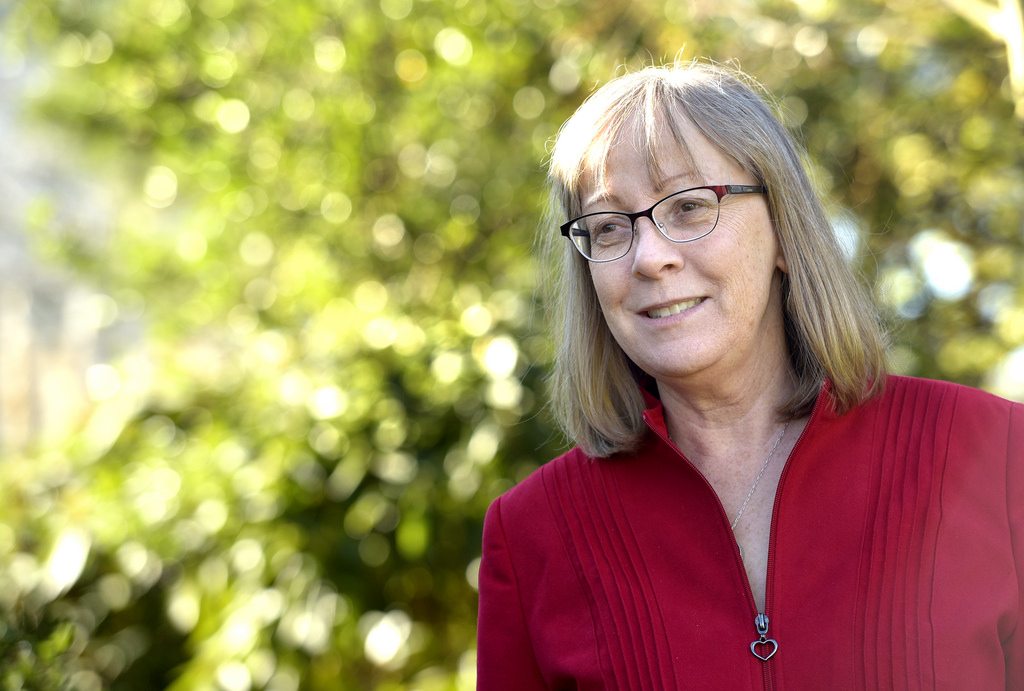Courtenay-Comox MLA Ronna-Rae Leonard says many things are being done to lower the poverty rates in the province and in the Comox Valley.
The results from the 2018 Canadian Income Survey show that B.C.’s overall poverty rate dropped to 8.9 per cent in 2018 compared to 12 per cent in 2016.
The child poverty rate also declined to 6.9 per cent in 2018 from 12 per cent in 2016.
Leonard says it’s good to see the work done by the NDP government is making a difference to families.
“I’m absolutely thrilled to see the reduction in the number of people who are living in poverty. We can look at all the numbers that in fact, these are real people who’s lives are impacted so much by poverty.”
“To know that the policies that we’ve put into place, the investments we’ve made in people are making a difference in so many people’s lives. It’s pretty exciting to have that affirmation that you’re going in the right direction,” says Leonard.
Leonard says the focus on reducing poverty specifically in the Comox Valley stems from affordable housing.
“We know that there’s challenges with the housing supply and affordability so we are investing, assisting with developers and in partnership with other organizations to make sure that we can see the more affordable units being built in the valley.”
“We immediately went to our most vulnerable people and invested in the supportive modular housing with the Junction and the 46 units there, says Leonard. “We recently had an announcement from the Housing Hub which is providing low-cost financing to help working families who are in the lower-middle-income range to be able to afford 55 units in the Comox Valley.”
She says since the NDP came to power in 2017, the province has taken many steps to make life more affordable for residents.
“We raised the income and disability assistance rates by $100 dollars a month and we raised it again so people are taking home $1800 dollars a year more and that’s the first thing we did to try and make some end roads in the poverty spectrum.”
“During 2016 and 2017 I heard from young people, grandparents just so many people’s lives are affected by a stagnating minimum wage and we committed to and have been increasing it. By 2021, we’ll have $15.20 an hour minimum wage,” Leonard adds.
She also says doing things to help reduce poverty won’t just benefit those who are suffering, but everyone in the community.
“Making sure people are able to afford rent, taking off the table MSP premiums, making sure childcare is affordable, those are all part of lifting people up and especially lifting people out of poverty and into much better circumstances, not only for themselves but for all of us in the community.”
“We know as we address poverty we are also addressing health and education outcomes and that’s going to help people get lifted out of the poverty cycle through the generations,” Leonard added.
The province says it has a long term initiative to end poverty, called ‘Together BC’.
The outline of that plan is to reduce the overall poverty and child poverty rate in the province by at least 25 per cent and 50 per cent, respectively by 2024.
To view the 2018 Canadian Income Survey, click here.






